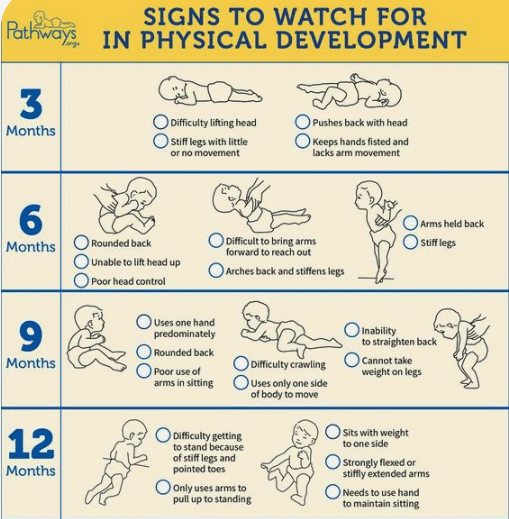Your kid’s journey with Ehlers-Danlos might seem daunting, but with the right approach, the challenges can be managed:
- Physical therapy: Regular sessions can help strengthen the muscles supporting loose joints.
- Appropriate equipment: Assistive tools such as supportive splints or special utensils can make a huge difference.
- Wound care kit: Keep one at hand for quick response to minor injuries.
- Good nutrition: A diet rich in vitamin C can aid in collagen production, improving skin resilience.
Looking ahead: Every journey with EHS is unique, but with proper care and management, children with EDS can lead functional, fulfilling lives. Stay patient, keep learning, and remember to celebrate the small wins along the way.












